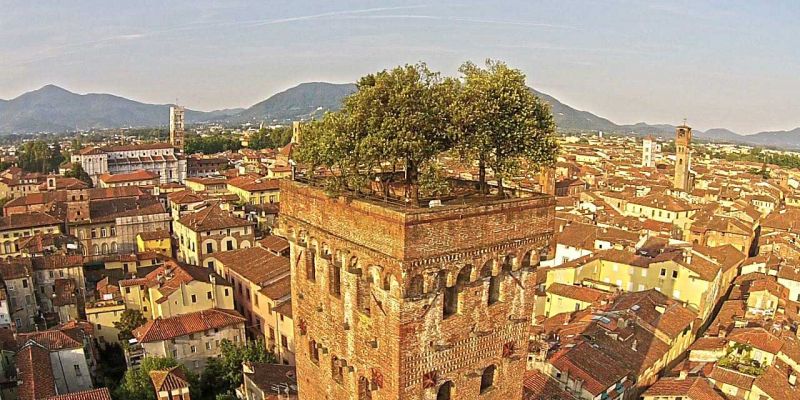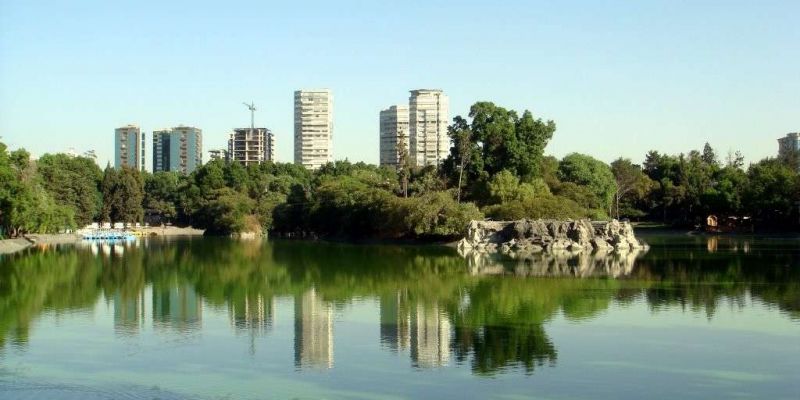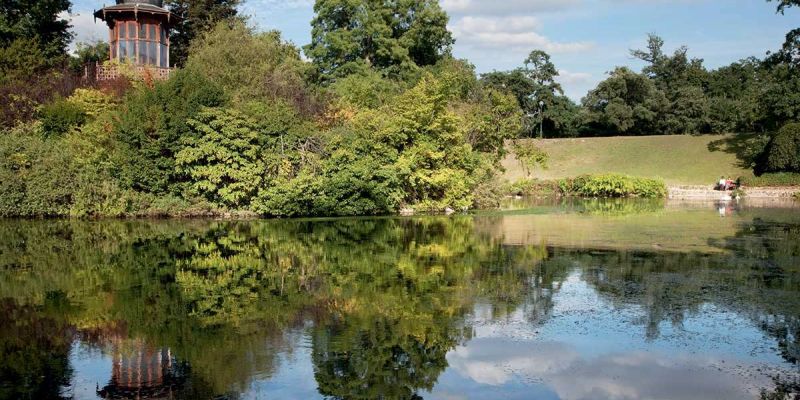Urban parks: Central Park in New York
Greenery, greenery and more greenery. In fact, there is so much greenery that you will be hard pushed to believe that you are in one of the biggest cities in the world. Yet the thing that will strike you when strolling through Central Park is actually how far this vast park extends, which is found right in the vibrant centre of New York, Manhattan. Designed by Frederick Law Olmsted and Calvert Vaux in 1856 and spreading over 340 hectares, Central Park is one of the biggest urban parks in the United States and also one of the first examples in the world of an entirely man-made park that is perfectly integrated with the fabric of the city. Beloved by New Yorkers and visitors alike, famous the world over and the film set par excellence that has seen hundreds of scenes from films and television series shot here, Central Park is a virtuous example of how nature and brick can complement one another.
The many types of plants to be found inside the park include the red oak (Quercus rubra). The distinctive feature of the park is that this plant grows quicker and more luxuriant here than anywhere else. This may seem strange, but it has been illustrated by a study conducted at Cornell University, which documented how the red oaks in Central Park grow eight times faster than those found in the countryside. Not just this, but these trees also have thicker foliage and more leaves. According to the study, it is all down to the greater amount of heat created and held in the urban environment.
In addition to red oaks, you can also find many other trees inside the park that are worth mentioning for their beauty and features. From the Ginkgo biloba trees, which grow to incredible heights in some areas of the park, to the American storax trees (Liquidambar Styraciflua), with their classic long, star-shaped leaves, which offer spectacular views of cascades of red in the autumn.
In addition to the vast variety of plant life, there are also artificial ponds, skating rinks, courts set-up for having fun and practising sports and paths to be found inside the park. However, its unique quality just may be the dozens of monuments, theatres and sites used to practice a wide range of activities. Below you’ll find a list of the must-see places for people that would like to walk around this famous park when visiting New York. Strawberry Fields Memorial: this is the large mosaic dedicated to John Lennon, created in Campania, Italy, by a group of artisan mosaicists who donated it to New York in the name of the City of Naples. Swedish Cottage Marionette Theatre: found inside a wood cabin, the marionette theatre has been putting on shows for years with the greatest puppeteers in the world. Rat Rock and Cat Rock: these are two enormous boulders on the south side of the park that are used by climbing enthusiasts for practise. Zoo: there is also a zoo inside the park where you can find a range of animals: California sea lions, chinstrap penguins, emerald tree boas, gentoo penguins, grizzly bears, eiders, royal penguins, dendrobates, red pandas, snow leopards, Japanese macaques, tufted puffins and Victoria crowned pigeons. Statues and Fountains: the entire park is scattered with statues of famous people from history or the world of literature, and picturesque fountains. Some of the most famous are the statues of Alice in Wonderland, Simon Bolivar, Christopher Columbus, William Shakespeare and “The Angel of the Waters” fountain. Cleopatra’s Needle: this is an obelisk donated by Egypt to the USA for its help in building the Suez Canal. Great Lawn: this is a vast stretch of green space that contains eight softball pitches, as well as basketball courts and a path made up of bridges strung between London planetrees. Often free concerts and exhibitions are held here by the New York Philharmonic and the Metropolitan Opera.





